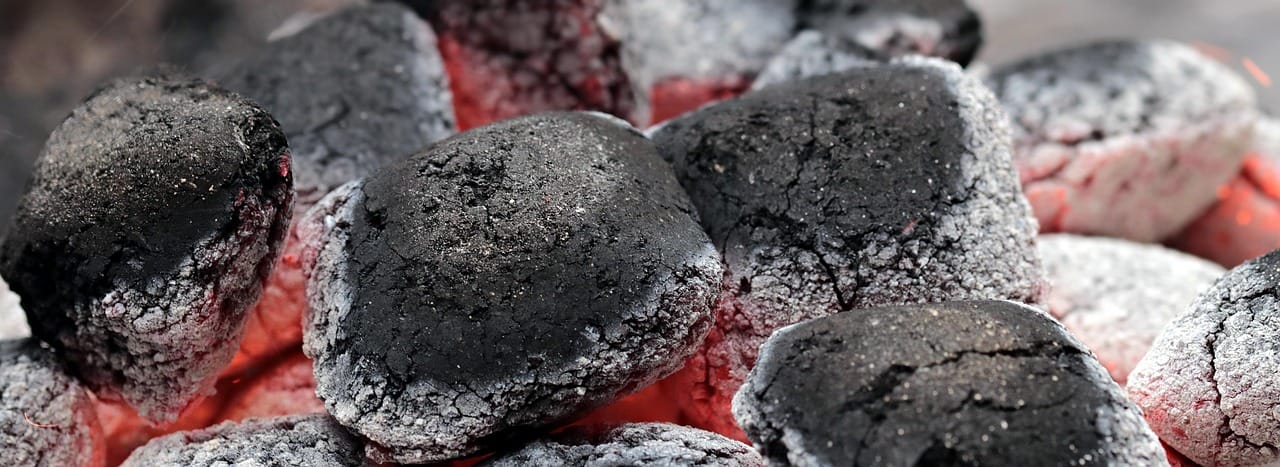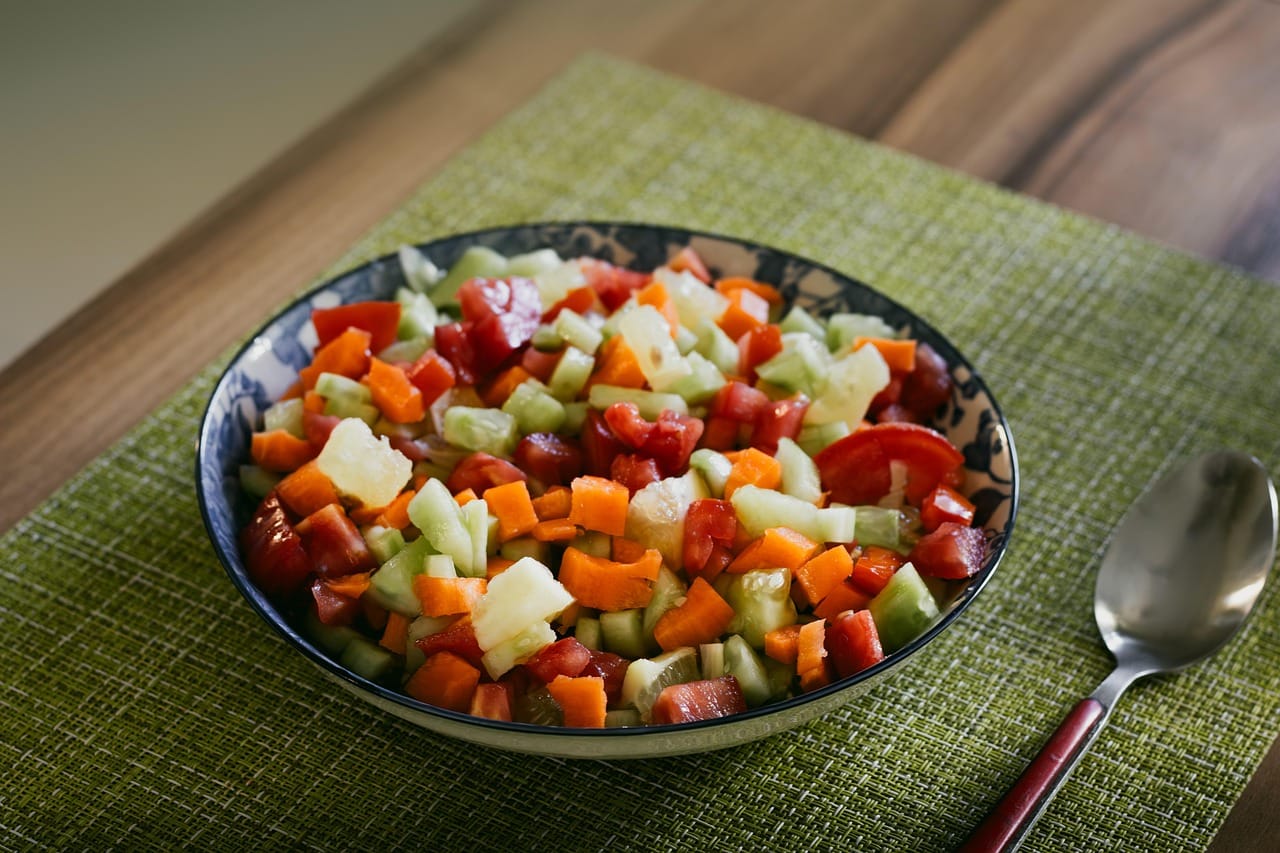Imagine a delicious, flavorful pasta dish, cooked to perfection in a single pot, ready in under 30 minutes, and requiring minimal cleanup. Sounds like a dream, right? Well, welcome to the world of One Pot Pasta – a culinary game-changer that’s revolutionizing weeknight dinners for busy individuals and families alike. This method not only simplifies cooking but also enhances flavors by allowing the pasta to absorb all the deliciousness from the sauce as it cooks. Let’s dive into the wonders of one pot pasta and discover how you can make it a staple in your kitchen.
What is One Pot Pasta?
The Core Concept
One pot pasta is exactly what it sounds like: a method of cooking pasta where all the ingredients, including the pasta, sauce components, vegetables, and proteins, are cooked together in a single pot. This eliminates the need to boil pasta separately and then combine it with a sauce, saving time, effort, and dishes.
Why It’s So Popular
The rise in popularity of one pot pasta is undeniable. Several factors contribute to its appeal:
- Convenience: The most obvious benefit is the reduced cleanup. One pot means one dish to wash, which is a lifesaver for busy weeknights.
- Flavor Enhancement: As the pasta cooks in the sauce, it absorbs the flavors, resulting in a richer, more integrated taste.
- Time-Saving: Forget about boiling water and waiting for the pasta to cook separately. Everything cooks together, cutting down on overall cooking time.
- Customizable: The recipe possibilities are virtually endless. You can adapt the dish to your dietary preferences and available ingredients.
A Brief History
While the concept of cooking everything together isn’t new (think stews and casseroles), the one pot pasta trend has gained significant traction in recent years, thanks to online food blogs and social media platforms. Its simplicity and convenience have made it a viral sensation.
Mastering the Technique: The One Pot Pasta Process
Choosing the Right Pot
The type of pot you use is crucial for even cooking. Opt for a large, wide pot or Dutch oven. This allows the ingredients to spread out in a single layer, ensuring that the pasta cooks evenly.
Liquid Ratios: The Key to Success
The correct liquid-to-pasta ratio is vital for achieving the perfect texture. Too little liquid and the pasta will be undercooked and sticky; too much and it will be mushy. A general guideline is to use enough liquid to cover the pasta by about an inch or two. A ratio of about 3 cups of liquid per pound of pasta works well for many shapes. Remember that different pasta shapes require different amounts of liquid.
Adding Ingredients in the Right Order
The order in which you add the ingredients can significantly impact the final result. Generally, start with ingredients that need the longest cooking time, like onions and garlic. Then, add the pasta, followed by softer vegetables and liquids. Delicate herbs and cheese should be added towards the end.
- Example Order:
1. Sauté onions and garlic in olive oil.
2. Add diced tomatoes, broth, and water.
3. Add uncooked pasta.
4. Add vegetables like zucchini or bell peppers.
5. Simmer until pasta is cooked, stirring occasionally.
6. Stir in fresh herbs like basil and grated Parmesan cheese.
Cooking Time and Stirring
The cooking time will vary depending on the type of pasta you use. Refer to the package directions as a starting point, but remember that the pasta will likely cook a few minutes longer in the sauce. Stir the pasta frequently to prevent it from sticking to the bottom of the pot and to ensure even cooking. This also helps release starches, thickening the sauce.
One Pot Pasta Recipes: Inspiration and Ideas
Classic Tomato and Basil
This is a great starting point for beginners. It’s simple, flavorful, and uses readily available ingredients.
- Ingredients: Pasta (spaghetti, penne, or rotini), canned crushed tomatoes, vegetable broth, onion, garlic, basil, olive oil, salt, pepper, Parmesan cheese.
- Instructions: Sauté onion and garlic in olive oil. Add crushed tomatoes and vegetable broth. Bring to a simmer. Add pasta, salt, and pepper. Cook, stirring occasionally, until pasta is cooked through. Stir in fresh basil and Parmesan cheese.
Creamy Lemon Chicken
This recipe adds a touch of richness and brightness to your one pot pasta.
- Ingredients: Pasta (fettuccine or linguine), chicken breast, chicken broth, heavy cream, lemon juice, garlic, spinach, olive oil, salt, pepper, Parmesan cheese.
- Instructions: Sauté garlic in olive oil. Add diced chicken and cook until browned. Add chicken broth and pasta. Bring to a simmer and cook until pasta is cooked through. Stir in heavy cream, lemon juice, and spinach. Cook until spinach is wilted. Season with salt and pepper. Top with Parmesan cheese.
Spicy Sausage and Pepper
For those who enjoy a bit of heat, this recipe is a winner.
- Ingredients: Pasta (penne or rigatoni), Italian sausage, bell peppers (any color), onion, garlic, diced tomatoes, chicken broth, red pepper flakes, olive oil, salt, pepper, Parmesan cheese.
- Instructions: Remove sausage from casing and brown in a large pot. Add onion and bell peppers and cook until softened. Add garlic, diced tomatoes, and chicken broth. Bring to a simmer. Add pasta, red pepper flakes, salt, and pepper. Cook, stirring occasionally, until pasta is cooked through. Top with Parmesan cheese.
Vegetarian Options
One pot pasta is incredibly versatile and can be easily adapted for vegetarian diets.
- Mushroom and Spinach: Use vegetable broth and add a variety of mushrooms along with spinach for a hearty and nutritious meal.
- Roasted Vegetable Medley: Roast vegetables like zucchini, eggplant, and bell peppers beforehand to enhance their flavor and then add them to the pasta during the last few minutes of cooking.
Tips and Tricks for Perfect One Pot Pasta
Pasta Selection
While most pasta shapes will work, longer shapes like spaghetti and fettuccine can be a bit trickier to manage in a one pot recipe. Shorter shapes like penne, rotini, and rigatoni are generally easier to work with.
Liquid Adjustments
Keep an eye on the liquid level as the pasta cooks. If the pasta is absorbing the liquid too quickly and the pot is becoming dry, add a little more broth or water.
Don’t Overcook
Overcooked pasta can become mushy and unappetizing. Start checking the pasta for doneness a few minutes before the suggested cooking time on the package.
Experiment with Flavors
Don’t be afraid to experiment with different flavor combinations. Try adding different herbs, spices, cheeses, or vegetables to create your own unique one pot pasta masterpiece.
Using Leftovers
One pot pasta is also a great way to use up leftover vegetables or cooked proteins. Simply add them to the pot along with the other ingredients.
Conclusion
One pot pasta is more than just a trend; it’s a practical and delicious solution for busy individuals and families seeking quick, easy, and flavorful meals. By understanding the core principles, experimenting with different recipes, and following the tips and tricks outlined above, you can master the art of one pot pasta and enjoy countless satisfying meals with minimal effort and cleanup. So, grab your favorite pot, gather your ingredients, and get ready to experience the magic of one pot pasta!




